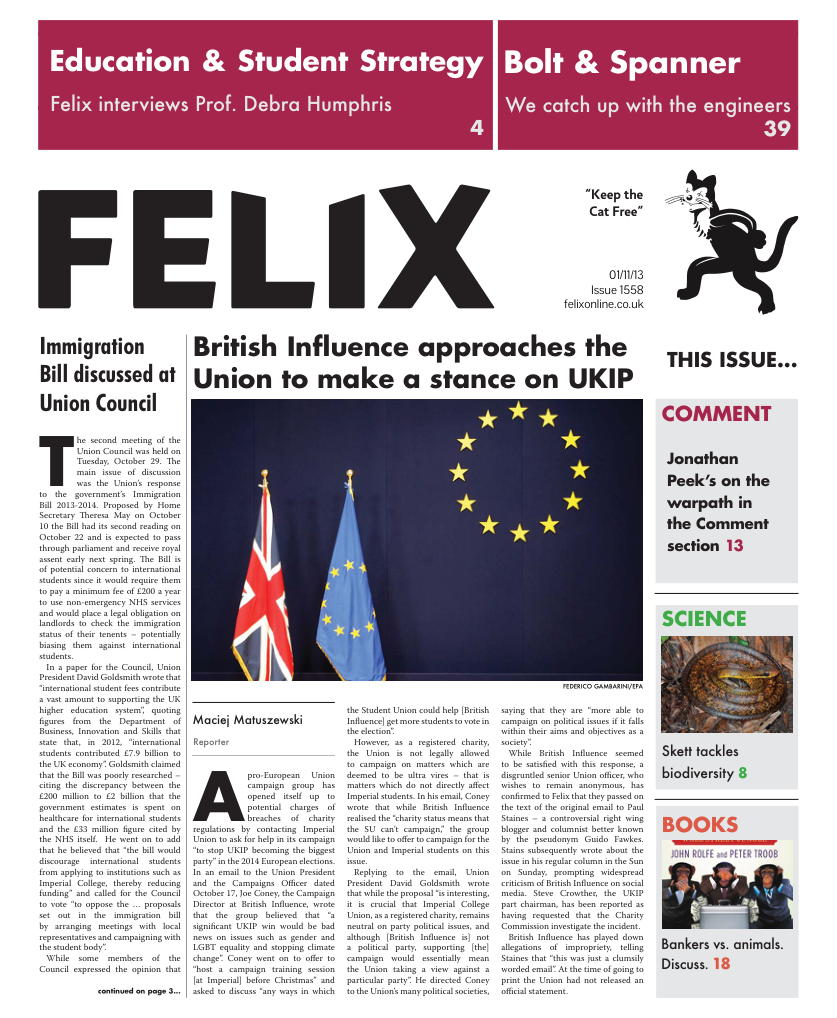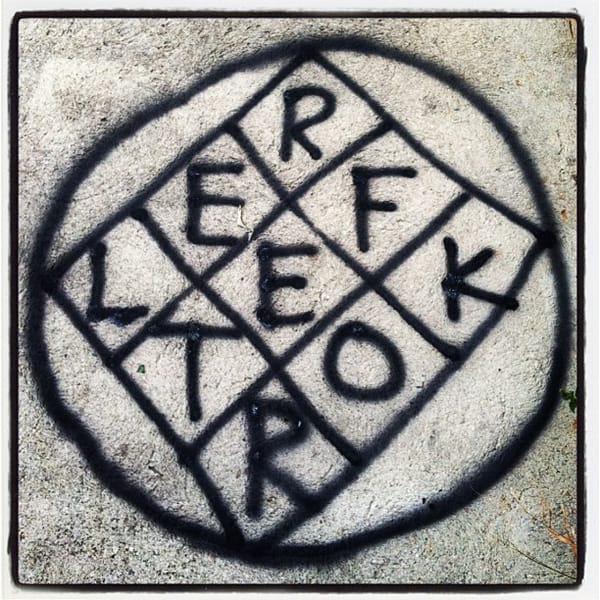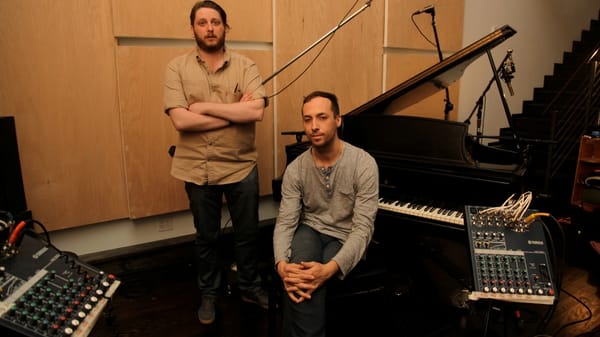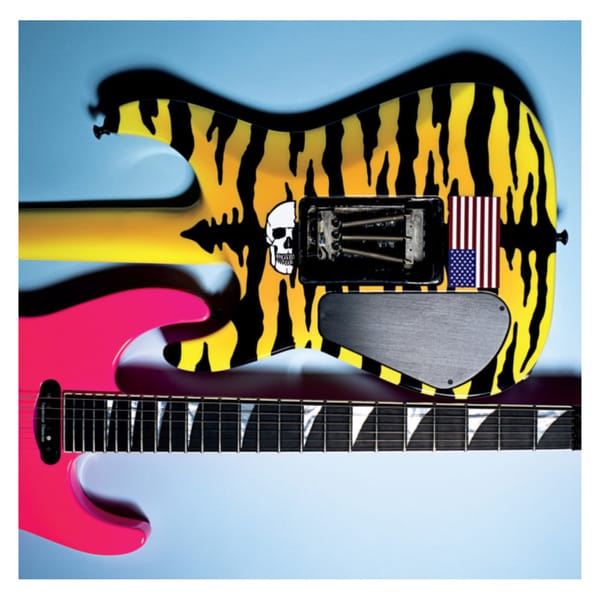Emiel’s Guide to Classical Music (Episode 2)
Episode 2: In the beginning...
Welcome to the first real instalment of my guide to Classical Music! I hope to start introducing the great composers and some of the masterpieces which address the issues raised in my column last week, but I feel it’s necessary to describe the historical and theoretical context from which “classical music” arose first. To this end I will start at the beginning, or rather, in the middle; for music existed long before the “beginning” and continued its course unperturbed for a long time afterwards. The moment I am referring to is of course the birth of the literate tradition in music; the earliest point from which we have written music which is still performable today, and the start of a rich tradition. In the 7th Century, St. Isidore of Seville wrote that “unless sounds are held in the memory of man they perish, because they cannot be written down”. Theorists such as Boethius or St. Augustine who wrote many centuries earlier still had the most influential ideas about music. To them, music or Musica was a Neo-Platonist idea, which was not actually attainable to musicians but which only philosophers could discuss. Musica was abstract; a perfect measurement and division of time (rhythm) and harmony (pitches). Nevertheless – music was of course being performed and by musicians too. From the 9th century a portion of this music began to be written as an aid to the memory. As the Carolingian monks spread the liturgical Gregorian chant through the newly catholic Frankish empire they began to make marks above the text to designate various musical ‘shapes’. These were called neumes, and initially very little was thought of them (there isn’t a single contemporaneous literary reference!) – Music remained oral and stored in the memory, but eventually they would grow into the sophisticated notation system that revolutionised the musical art. Depictions of instruments and ensembles tell us that music played a big role in many aspects medieval life, but unfortunately very little is known about what was actually played. One exception is the Gregorian chant which make up the largest chunk of written music surviving from the 1st millennia. This is a tradition of plainchant that became the official music sung for catholic ceremonies. Plainchant basically consists of a male choir singing a monophonic line (that is, a line in unison) without accompaniment. Different styles existed depending on the type of service and historical evidence indicates that the chants were performed differently throughout time, but none of this was recorded. Have a listen to some examples on the Felix website! By the 11th Century, Guido of Arezzo had invented a system of staffs which allowed precise information about the relation between pitches to be conveyed and the revolution could truly begin. The Gregorian chants were now written and collected into books and a system became necessary to organise and classify the hundreds of specimens. To develop this system theorists once again looked back to Ancient Greece, and specifically the ideas of Pythagoras. Legend has it that the philosopher heard the harmonious sound of anvils being struck and discovered that the most consonant harmonies (notes sounding pleasant or stable together) consisted of simple ratios in the size of the instrument. Today we define a note by a standard frequency, for example middle ‘A’ is usually 440 Hz, while another ‘A’ will have a frequency in a 2:1 ratio with 440. The next simplest ratio is 3:2 which gives a “perfect fifth”, i.e. ‘A’ to ‘E’, and so on. In order to classify the chants, theorists would take the final note and observe what pattern of intervals (the difference between pitches) occurred between it and its fifth. From this they developed a system of scales called modes from which our current system of major and minor keys is derived – but we will get to that later! This retheorisation had a massive effect on the writing of music. Composers could and began to use the modes to create “tonally articulated formal structures” – the first being Hucbald of St. Amand. That is; pieces of music structured around the use of different modes to give contrast and finally resolution. Our modern idea of a ‘piece’ of music was beginning to emerge: an aesthetic unit. Before this, music was not seen as something autonomous which existed in its own right, but rather as an activity in which one participated and which had specific social and religious utility. So the literate revolution in music is now well and truly underway! Notation has already catalysed deep changes in the way music was conceived and used and soon the first great musical artists came about. In 2 weeks we will explore the works of arguably the greatest of these early composers, the Abbess Hildegard von Bingen, but until then please visit www.felixonline.co.uk where you can explore a selection of real musical examples.








